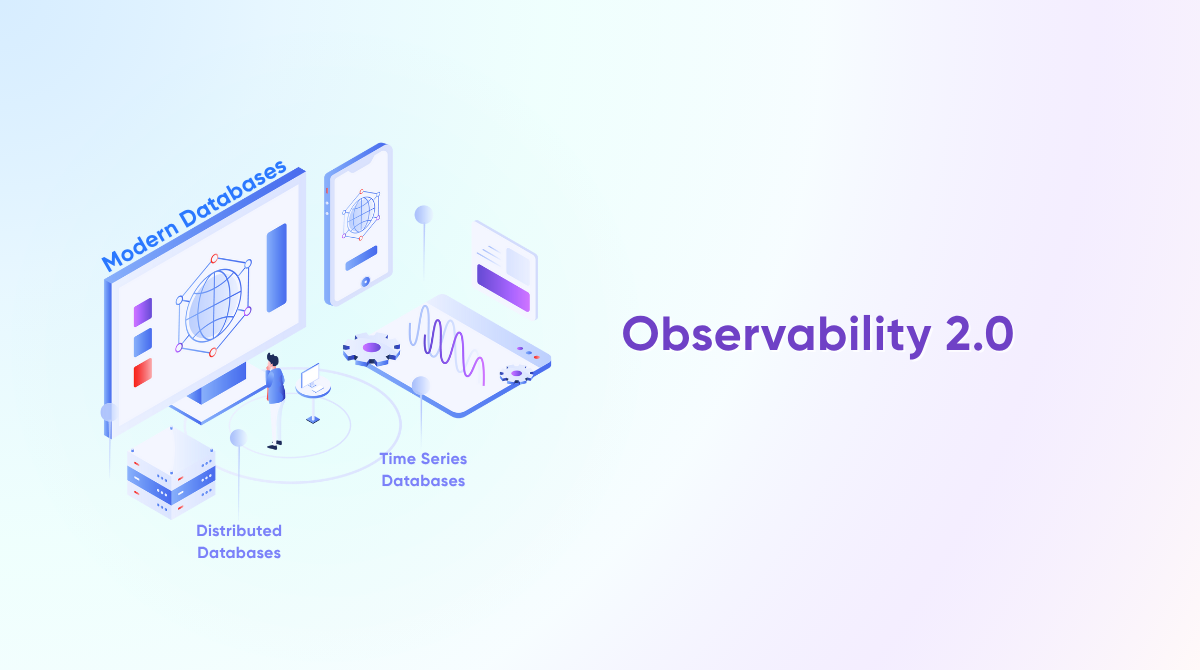Observability - Unlocking the Next Era for Database Performance

💬 Slack | 🐦 Twitter | 💼 LinkedIn
Today, database performance makes or breaks application success. But when issues strike—be it latency spikes, unexplained downtime, or data consistency errors—old-school monitoring just doesn’t cut it. This is where Observability steps in, changing the game for data professionals aiming to troubleshoot and optimize with confidence. By leveraging advanced tools like GreptimeDB and embracing new concepts like Observability 2.0, teams can finally get ahead of incidents rather than simply react.
Understanding the Observability Revolution for Databases
Observability goes beyond surface-level monitoring. Instead of just tracking CPU or memory usage, modern observability for databases means deep insight into every query, write operation, time stamp anomaly, and storage layer. Imagine getting real-time visibility into how your time-series database behaves under stressful data loads or being able to diagnose a slow query by inspecting detailed traces.
- Instant alerting and actionable dashboards for outliers
- Seamless integration with cloud and on-premise deployments
- Tracking schema changes and their performance impact over time
Why Is Observability Crucial for Modern Databases?
As applications get more complex, the sheer volume and velocity of data entering databases like GreptimeDB can cause hard-to-diagnose slowdowns. Observability offers several distinct advantages:
- Proactive Troubleshooting: By correlating logs with metrics and traces, teams fix issues before users ever notice.
- Detailed Forensics: Easily trace back to the exact time stamp of a failure, making root cause analysis a breeze.
- Performance Tuning: Spot bottlenecks in queries or ingestion by visualizing their impact in real time.
Observability 2.0: What Sets It Apart?
The new era—often called Observability 2.0—shifts focus from passive dashboards to active, context-rich insights. Instead of sifting through noisy logs, engineers leverage intelligent alerting, anomaly detection, and visual correlation. Looking forward, features like automated anomaly root detection, historical trend tracking, and predictive capacity planning are set to become staples.
- Cross-layer transparency (application ↔︎ database ↔︎ infrastructure)
- Native support for popular tools (Prometheus, Grafana, OpenTelemetry)
- Extensible plugins to fit custom data models or compliance needs
What’s on the Road Map?
While many platforms document existing features, the community often asks about what’s next. Here’s what’s brewing:
- Automated query optimization suggestions
- Deeper cloud-native support (multi-cluster, cross-region observability)
- Custom ML-driven anomaly detection strategies
- Granular RBAC for observability dashboards
These improvements not only enhance reliability but also simplify audits, compliance, and long-term health monitoring.
Real-World Case: How GreptimeDB Users Gained Control
One fintech startup faced persistent slow downs during high trade volume. By adopting GreptimeDB's observability stack, they:
- Pinpointed a query pattern causing CPU thrashing at specific timestamps
- Integrated alerting with Slack for instant action
- Shrank mean time to resolve (MTTR) by 60%
The result? Happier users, less downtime, and stronger regulatory compliance.
Conclusion: Make Observability a Priority
In today’s fast-moving tech landscape, investing in observability isn’t optional. Full-stack insight, rapid troubleshooting, and predictable scaling are now table stakes. Want to see how Observability 2.0 can transform your database operations? Start your journey with actionable insights now—explore GreptimeDB’s demo or book a free consultation today.
